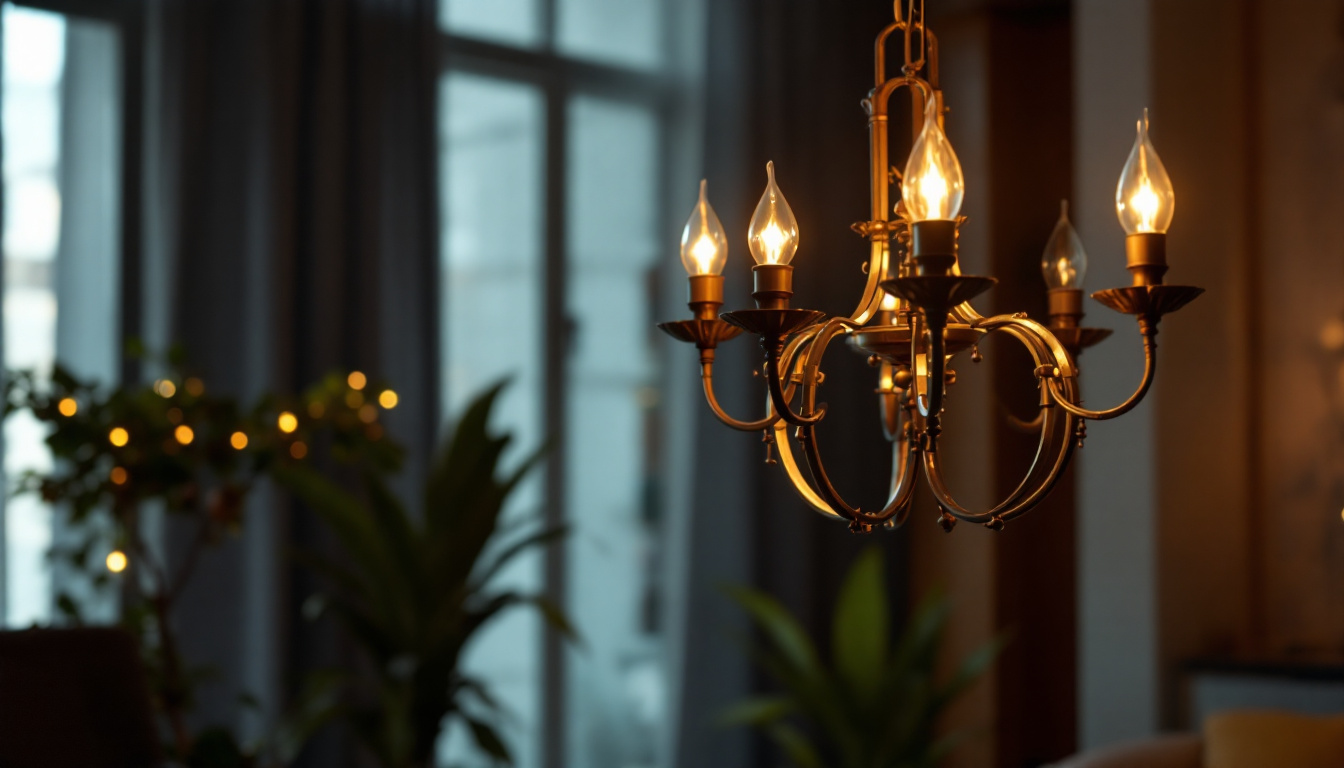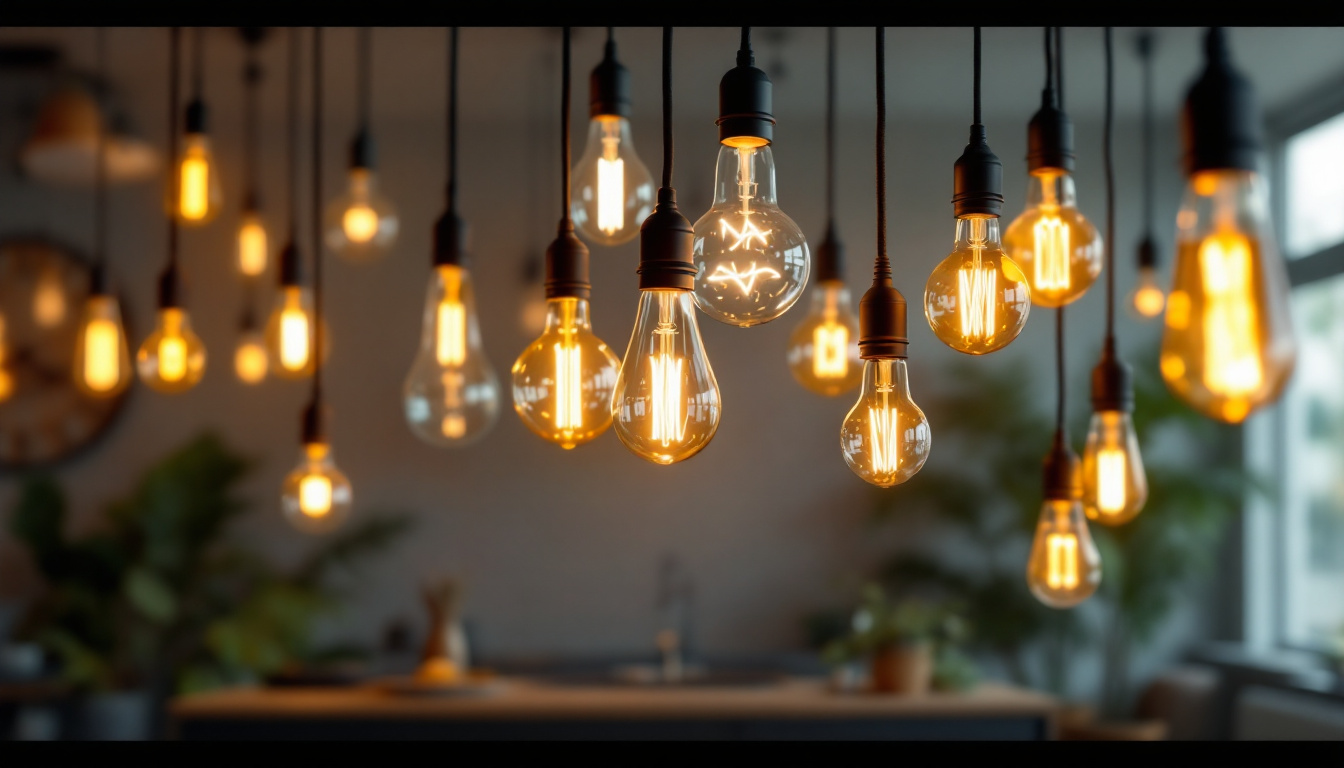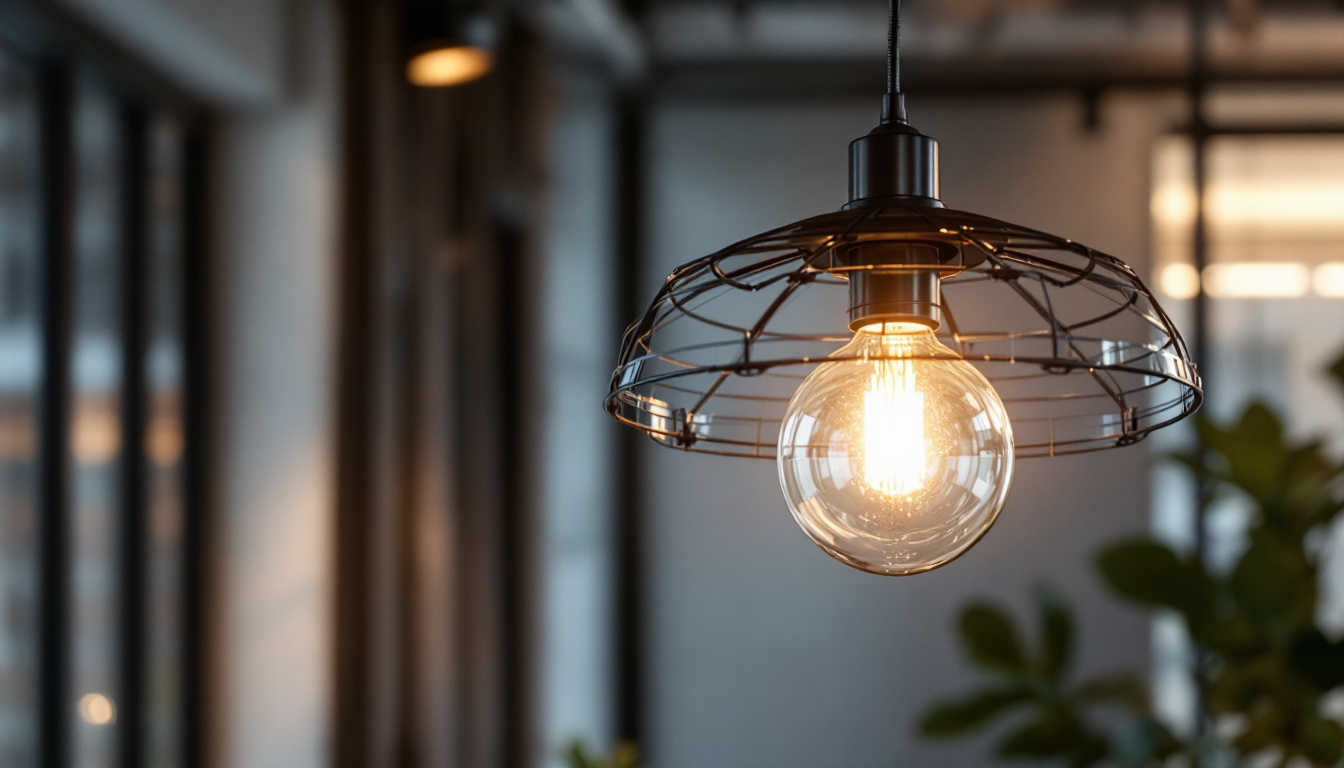
In the world of lighting design, chandeliers have long been a symbol of elegance and sophistication. For lighting contractors, understanding the intricacies of chandeliers is essential to meet client expectations and enhance the aesthetic appeal of any space. This article will break down the key aspects of chandeliers, providing valuable insights in a concise format.
A chandolier is a decorative lighting fixture that hangs from the ceiling, typically featuring multiple arms or branches that support light bulbs or candles. These fixtures are often used in dining rooms, entryways, and grand ballrooms, serving both functional and ornamental purposes. Chandeliers not only illuminate a space but also act as a focal point, drawing the eye and enhancing the overall ambiance of a room.
Chandeliers come in various styles, sizes, and materials, allowing them to fit seamlessly into diverse interior design themes. From traditional crystal chandeliers that exude opulence to modern minimalist designs, the versatility of chandeliers makes them a popular choice among homeowners and designers alike. The choice of a chandelier can significantly influence the mood of a space, with softer lighting creating a cozy atmosphere while brighter fixtures can energize a room.
The history of chandeliers dates back to the Middle Ages when they were primarily used in churches and large halls. Initially, these fixtures were simple wooden frames with candles affixed to them. Over time, as glassmaking techniques advanced, chandeliers evolved into more intricate designs, often adorned with crystals and metals. By the 18th century, chandeliers became a symbol of wealth and sophistication, often found in the homes of the aristocracy and in lavish public spaces.
Understanding this historical context can help lighting contractors appreciate the craftsmanship involved in chandelier design and the evolution of styles over the centuries. This knowledge can also assist in making informed recommendations to clients based on their preferences and the architectural style of their spaces. For instance, a client with a Victorian home might be drawn to an ornate, multi-tiered chandelier, while someone with a mid-century modern aesthetic may prefer a more streamlined, geometric design. Additionally, the resurgence of vintage and antique styles in recent years has led to a renewed interest in chandeliers that reflect the elegance of bygone eras.
Chandeliers can be categorized into several types, each serving different aesthetic and functional needs. Here are some common types:
Understanding the essential components of a chandelier is crucial for lighting contractors, as it aids in installation, maintenance, and repair. Here are the primary elements that make up a chandelier:
The body of a chandelier is its central structure, often designed to be visually appealing. The arms extend from the body, supporting the light sources. The number of arms can vary significantly, with some chandeliers featuring just a few while others boast dozens. When selecting a chandelier, considering the scale and proportion relative to the room is vital. Additionally, the design of the arms can range from intricate scrollwork to sleek, modern lines, which can dramatically alter the ambiance of a space. A well-designed chandelier not only serves as a source of light but also as a statement piece that can enhance the overall decor of a room.
Chandeliers can accommodate various types of light sources, including incandescent bulbs, LED bulbs, and even candles. The choice of light source impacts not only the brightness of the fixture but also its energy efficiency. Lighting contractors should be familiar with the latest advancements in LED technology, as these options are increasingly popular for their longevity and lower energy consumption. Moreover, the color temperature of the light source can influence the mood of the space; warmer tones create a cozy atmosphere, while cooler tones can lend a more modern and vibrant feel. Understanding how to balance these elements can help contractors provide tailored lighting solutions that meet their clients’ needs.
The finish and materials used in a chandelier significantly influence its overall aesthetic. Common materials include brass, chrome, glass, and crystal. Each material offers a different look and feel, allowing contractors to match chandeliers to their clients’ specific design themes. Furthermore, the finish can affect the chandelier’s maintenance requirements; for instance, polished metals may require more frequent cleaning than matte finishes. Additionally, the choice of glass can vary widely, from frosted to clear, and even colored options, which can add a unique flair to the chandelier. The interplay of light with these materials can create stunning visual effects, making it essential for contractors to consider how different finishes will interact with the light sources chosen.
Proper installation is crucial for ensuring that a chandelier functions effectively and safely. Lighting contractors must take several factors into account during the installation process.
Chandeliers can be quite heavy, especially those made with crystal or metal. It is essential to ensure that the ceiling can support the weight of the fixture. Contractors should use appropriate mounting hardware and, if necessary, reinforce the ceiling structure to prevent any accidents.
The height at which a chandelier is hung can significantly affect its visual impact. A general rule of thumb is to hang chandeliers approximately 30 to 36 inches above a dining table or kitchen island. However, this can vary based on ceiling height and room dimensions. Proper placement ensures that the chandelier serves its purpose without obstructing views or creating an overwhelming presence.
To keep chandeliers looking their best, regular maintenance is essential. Lighting contractors should advise clients on the best practices for cleaning and care.
Dust and grime can accumulate on chandeliers, dulling their shine. For crystal chandeliers, using a soft, lint-free cloth and a mixture of warm water and mild soap is recommended. For those with intricate designs, a soft brush can help reach tight spaces. It’s important to avoid harsh chemicals that could damage the finish.
Regularly checking and replacing burnt-out bulbs ensures that the chandelier continues to provide adequate lighting. Contractors should educate clients on the types of bulbs compatible with their chandeliers and the importance of using the correct wattage to prevent overheating.
Staying updated on current trends in chandelier design can help lighting contractors provide informed recommendations to their clients. Here are a few noteworthy trends:
As sustainability becomes increasingly important, many manufacturers are creating chandeliers using eco-friendly materials and energy-efficient light sources. Lighting contractors can promote these options to environmentally conscious clients, emphasizing the benefits of reduced energy consumption and a lower carbon footprint.
With the rise of smart home technology, chandeliers are now available with integrated smart lighting features. These fixtures can be controlled via smartphone apps or voice commands, allowing users to adjust brightness and color temperature effortlessly. Contractors should familiarize themselves with these products to offer clients cutting-edge solutions.
When assisting clients in selecting the perfect chandelier, lighting contractors should consider several factors to ensure satisfaction.
Understanding the overall design theme of the space is crucial. Whether a client prefers a classic, modern, or eclectic look, the chandelier should complement the existing decor. Contractors should encourage clients to explore various styles and finishes to find the perfect match.
The intended use of the space will influence the chandelier’s size and functionality. For example, a large dining room may require a grand chandelier to provide adequate lighting, while a smaller entryway may benefit from a more modest fixture. Contractors should measure the space and consider the scale of the chandelier to ensure it fits harmoniously within the environment.
Chandeliers are more than just lighting fixtures; they are statement pieces that can transform a space. For lighting contractors, understanding the various aspects of chandeliers—from their history and types to installation and maintenance—can enhance their ability to serve clients effectively.
By keeping up with trends and offering informed recommendations, contractors can ensure that their clients are not only satisfied with their chandelier choices but also confident in the quality and functionality of their lighting solutions. In just five minutes, this overview provides a solid foundation for lighting contractors looking to deepen their knowledge of chandeliers and elevate their service offerings.
Ready to elevate your lighting projects with exquisite chandeliers that promise both style and functionality? Look no further than LumenWholesale, where we provide lighting contractors with an extensive selection of spec-grade lighting products at unbeatable wholesale prices. Say goodbye to inflated markups and hello to top-quality lighting that meets the highest industry standards. With free shipping on bulk orders, you can trust that you’re getting premium lighting at the best value — all without hidden fees or compromises. Enhance your service offerings with the perfect blend of quality, affordability, and convenience. Visit LumenWholesale today and discover Wholesale Lighting at the Best Value for your next project.

Discover why the 4 Eyeball is a game-changer for lighting contractors.

Discover expert techniques and innovative strategies for lighting contractors to effectively install hanging light bulbs.

Discover the must-know essentials about electrical cover boxes for lighting contractors.

Discover essential insights into suspended lighting systems with our comprehensive guide tailored for lighting contractors.